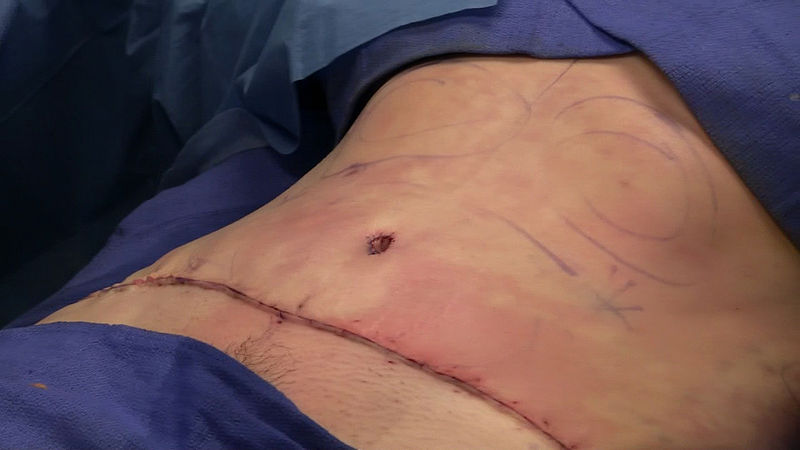How to treat skin after extractions is a vital question for those looking to maintain the health and beauty of their skin. This step-by-step guide will provide you with all the necessary information, from immediate care to long-term maintenance, ensuring your skin remains nourished and beautiful.

Table of Contents
Immediate Aftercare
Do the following a few hours after the extraction process:
Clean the Area
The extraction site might have residue or debris left behind. Cleaning helps prevent infection and soothes the skin.
Use a gentle, alcohol-free cleanser or toner. Gently dab the area with a soft cotton pad instead of rubbing. Pat dry with a clean towel.
This Cetaphil Face Wash on Amazon is suitable for dry, normal, and sensitive Skin. It’s fragrance-free, soap-free and non-foaming.
Avoid hot water, as it can irritate the skin. Avoid alcohol-based products that may dry out the skin. (Source)
Apply Soothing Products
Doing this will reduce redness and inflammation after extractions.
Look for serums or moisturizers containing aloe vera or chamomile. Apply them gently using fingertips in a patting motion. (Source)
A very good moisturizer example is the Peri Code Supple Skin Moisturizer listed on Amazon. It contains hyaluronic acid, aloe, chamomile, Vitamins E, C, and B.
Avoid products with fragrances or harsh chemicals that might irritate the skin.
Avoid Makeup
Makeup can clog pores and slow down the healing process.
Therefore, refrain from using makeup for at least 24 hours. If you must use it, ensure brushes and applicators are clean.
Avoid heavy or oil-based makeup that may further clog pores. (Source)
Use Sunscreen
Freshly extracted skin is vulnerable to UV rays.
Apply a broad-spectrum sunscreen with SPF 30 or higher. Reapply as needed.
Avoid going outdoors without sun protection. (Source)
Long-term Care
Taking care of your skin long after the extraction process is also crucial. You need to practice the following:
Exfoliation
This is necessary to remove dead skin cells and prevent clogged pores.
Choose gentle exfoliants with enzymes or alpha hydroxy acids (AHAs). Use 2-3 times a week in gentle circular motions.
Avoid harsh scrubs or over-exfoliation, which can irritate the skin.
Hydration
Hydrated skin heals faster and looks healthier.
Drink plenty of water and use a hydrating moisturizer that suits your skin type.
Avoid alcohol or caffeine in excessive amounts as they can dehydrate the skin
Avoid Picking
Picking or squeezing your skin can lead to scarring or infection.
Let the healing process occur naturally. If you notice any unusual symptoms, consult a dermatologist.
Avoid using fingernails or tools on the skin that may introduce bacteria.
Consult a Professional
Tailored advice and treatments from a skin care professional can optimize healing.
Schedule regular check-ins with your dermatologist to monitor progress and make necessary adjustments.
Avoid following generic advice that might not suit your specific skin type or condition.

